
© Frans Parthesius
Das Museum des 20. Jahrhunderts
Who is afraid of Mies or Scharoun?
Berlin’s new museum is planned on a seemingly intimidating site surrounded on all sides by exceptionally strong and articulate architectures, sandwiched between a never fully accepted urban motorway and an anemic pedestrian Promenade: the two typologies that (unfortunately) define our cities today.





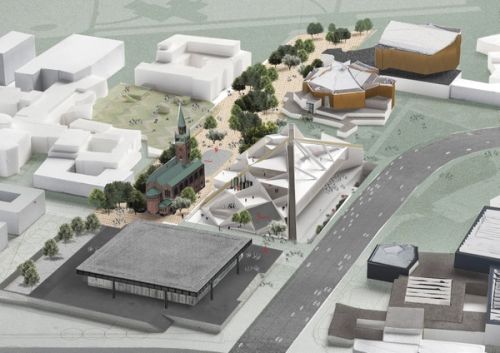





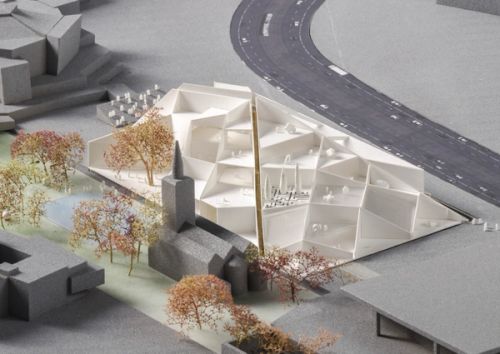



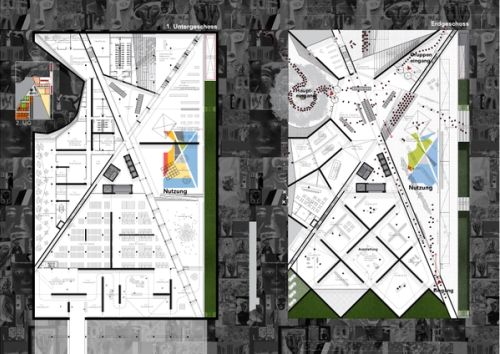

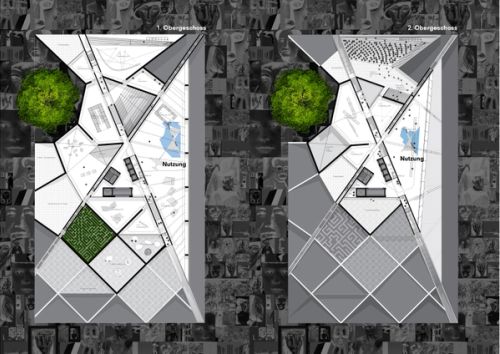



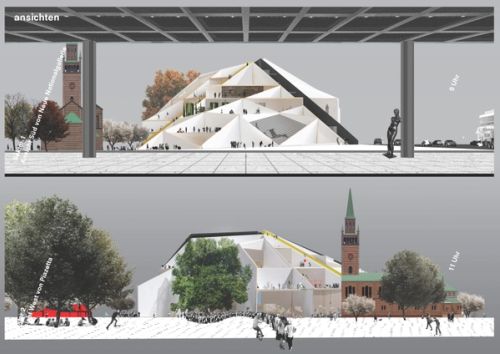

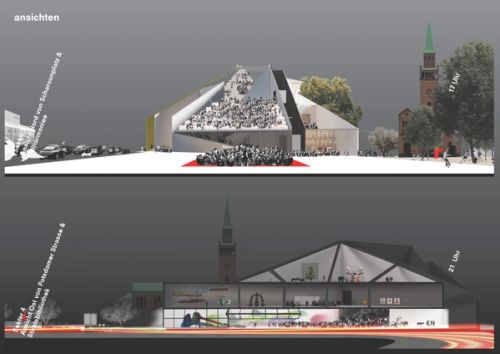


2016


















